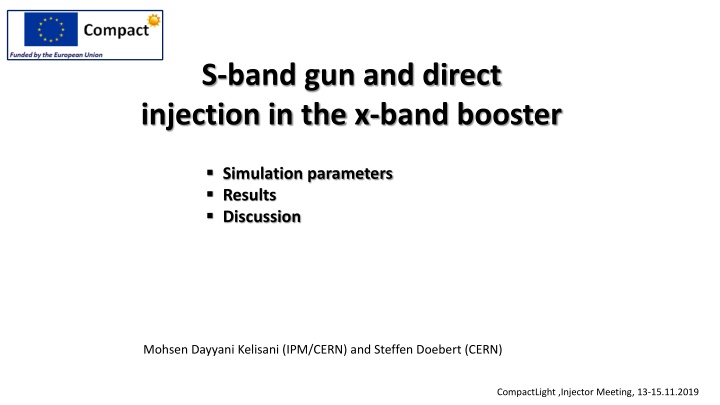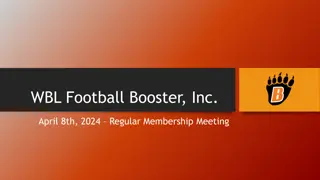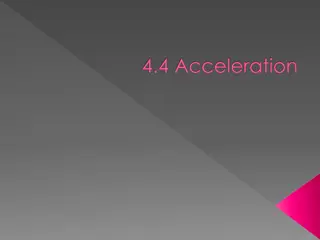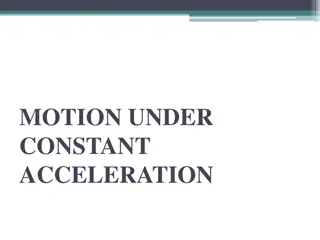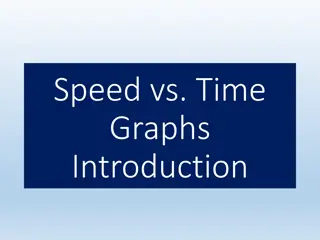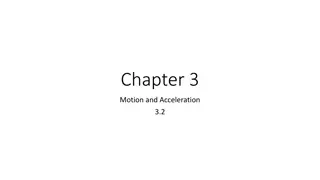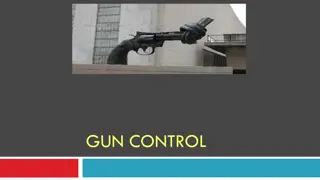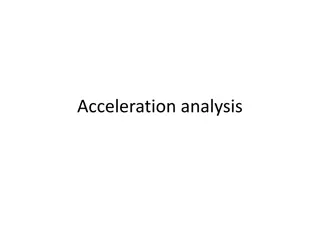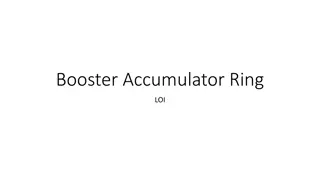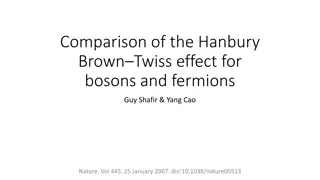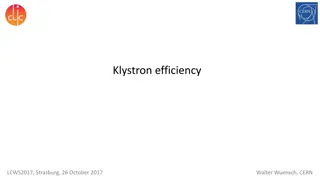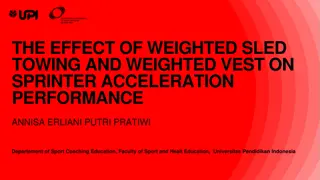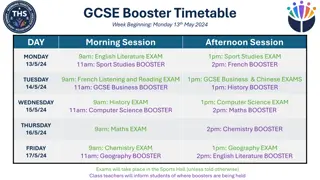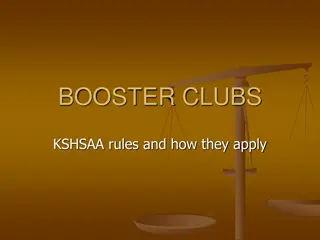Acceleration and Bunching in S-band Gun and X-band Booster
This study discusses the design philosophy of using S-band RF gun and X-band for velocity bunching and acceleration in the CompactLight project. Simulation parameters and results for cases involving acceleration and bunching are analyzed. The images provide visual representations of the different scenarios studied, including cases with and without bunching, as well as velocity bunching to 332 fs. Discussions on emittance, energy spread, and curvature differences are also presented.
Download Presentation

Please find below an Image/Link to download the presentation.
The content on the website is provided AS IS for your information and personal use only. It may not be sold, licensed, or shared on other websites without obtaining consent from the author.If you encounter any issues during the download, it is possible that the publisher has removed the file from their server.
You are allowed to download the files provided on this website for personal or commercial use, subject to the condition that they are used lawfully. All files are the property of their respective owners.
The content on the website is provided AS IS for your information and personal use only. It may not be sold, licensed, or shared on other websites without obtaining consent from the author.
E N D
Presentation Transcript
S-band gun and direct injection in the x-band booster Simulation parameters Results Discussion Mohsen Dayyani Kelisani (IPM/CERN) and Steffen Doebert (CERN) CompactLight ,Injector Meeting, 13-15.11.2019
Injector Design Philosophy: Use S-band rf-gun because of its well established performance (cathode, laser, magnets) Use directly X-band for velocity bunching and acceleration RF- parameters Parameter RF Gun Buncher Acc INFN-type RF gun , CompactLight x-band structure used Frequency 3.0 12.0 12.0 Gradient 120??/? < 65 ??/? 65 ??/? Using ASTRA for simulations N. Cell 1.6 120 120 Laser parameters, uniform distributions Thermal emittance 0.08 um (copper) ? ?? ? ?? ? ?? ? ?? ? ?? 3.0-4.0 262 0.3 75 4.31 Relatively long initial laser pulse !
CompactLight requirements CompactLight target parameters Beam Energy Energy Spread RMS Bunch Length ??? ?? Bunch Charge Emittance Peak Current 60 A ??? ??? ?.?% ?? ?? < ?.? ?? - High repetition rate needed 100 - 1000 Hz
Case 1 : simply acceleration no bunching ? ??? 3 12 12 12 ? ??/? 120 65 65 65 ?.???? 1.6 108 108 108 ? ??? 30 90 90 90 ? - Component RF Gun Buncher Acc.1 Acc.2-5 0.996 1.000 1.000 ????? ???? ???? ???? ??% ???? 356 1462 15 ?.?? 0.1 0.111
Case 1 : simply acceleration no bunching Nice emittance but probably to much energy spread and curvature Difference to full x-band version, longer laser pulse due to lower gradient All on-crest for simplicity ????? ???? ???? ???? ??% ???? 356 1462 15 ?.?? 0.1 0.111
Case 2 : velocity bunching to 332 fs ? ??? ? ??/? ?.???? ? ??? ? Component ? ??? ?.? ?? RF Gun - ?? ?.? ?? ?.??? Buncher 108 ?? ?? ?? ?.??? Acc.1 108 ?? ?? ??.? ?.??? Acc.2-5 108 ????? ???? ???? ???? ??% ???? 297 332 ?.?? ?? 0.1 0.13
Case 2 : velocity bunching to 332 fs Relative linear phase space but somewhat asymmetric longitudinal distribution This case has been used for subsequent Linac simulations by Xingguang Liu, see Helsinki workshop
Case 3 : velocity bunching to 250 fs 3 ps initial laser pulse length ? ??? ? ??/? ?.???? ? ??? ? Component ? ??? ?.? ?? RF Gun - ?? ?.? ? ?.??? Buncher 108 ?? ?? ??.? ?.??? Acc.1-5 108 ????? ??% ???? ???? ???? Less linear phase space but more symmetric longitudinal distribution ??? ?.?? ?.?? ??? ??
Case 3 : velocity bunching to avoid first bunch compressor ? ??? 3 12 12 12 ? ??/? 120 7.0 65 65 ?.???? 1.6 108 108 108 ? ??? 30 10 70 87.5 ? - Component RF Gun Buncher Acc.1 Acc.2-5 0.996 1.000 1.000 ????? ???? ???? ???? ??% ???? Phase space and distribution is not pretty anymore, emittance still fine 162 ??? ??? ?.?? 0.1 0.16
Using an S-band structure for velocity bunching to compare ? ??? ? ??/? ?.???? ? ??? ? Component ? ??? ?.? ?? RF Gun - 3 ps initial laser pulse length ? ??.? ? ?.??? Buncher 30 ?? ?? ??.? ?.??? Acc.1-5 108 ????? ??% ???? ???? ???? ??? ?.?? ?.?? ??? ??
Bunch compression studies (BC1 to 50 fs) S+X 330 fs S+S+X 265 fs S+X 250 fs What is better at the end of the linac ?
Shorter solenoid section (250 fs version) ????? ??% ???? ???? ???? ??? ?.?? ?.??? ??? ?? Some emittance increase but still possible
Wake field considerations We don t have the full 3D field map of the CompactLight x-band structure yet First analytical (worst case) look into longitudinal and transverse wake fields (350 fs case) Longitudinal wakes Transverse wakes, 50 m (0.5 sigma) and 100 m (1 sigma) offset Wake field effect within the injector seems quite small Complete 3D-field map of the structure needed for more realistic simulations
Discussion I Like to break up the injector into pieces 1. RF-gun: S-band has many advantages, may be most important is choice of cathode Not critical for space, could be chosen independent from rest of injector Need really higher gradient for C or X band gun to profit: > 200 MV/m ? Feasible ? Some x-band experience shows difficulties for a useable gradient above 150 MV/m C-band prototype test would be essential 2. Velocity bunching section: All frequencies seem to work, S-band has more flexibility in choosing the phase 3. Acceleration part: First section critical, emittance can be preserved in all schemes, x-band offers shortest length and likely lower cost beam samples more rf curvature Seems difficult to scale bunch length and preserve emittance
Discussion II Looks like it comes down to the linearization problem Do we have a promising lineariser at 36 GHz or higher ? Which phase spaces are compatible with FEL operation ? Conclusion More studies on lineariser and bunch compression in the linac needed to see if the rf curvature sampled from x-band is a problem We will continue looking into tolerances and further optimisation for this type of injector. Need a clear optimisation criteria
